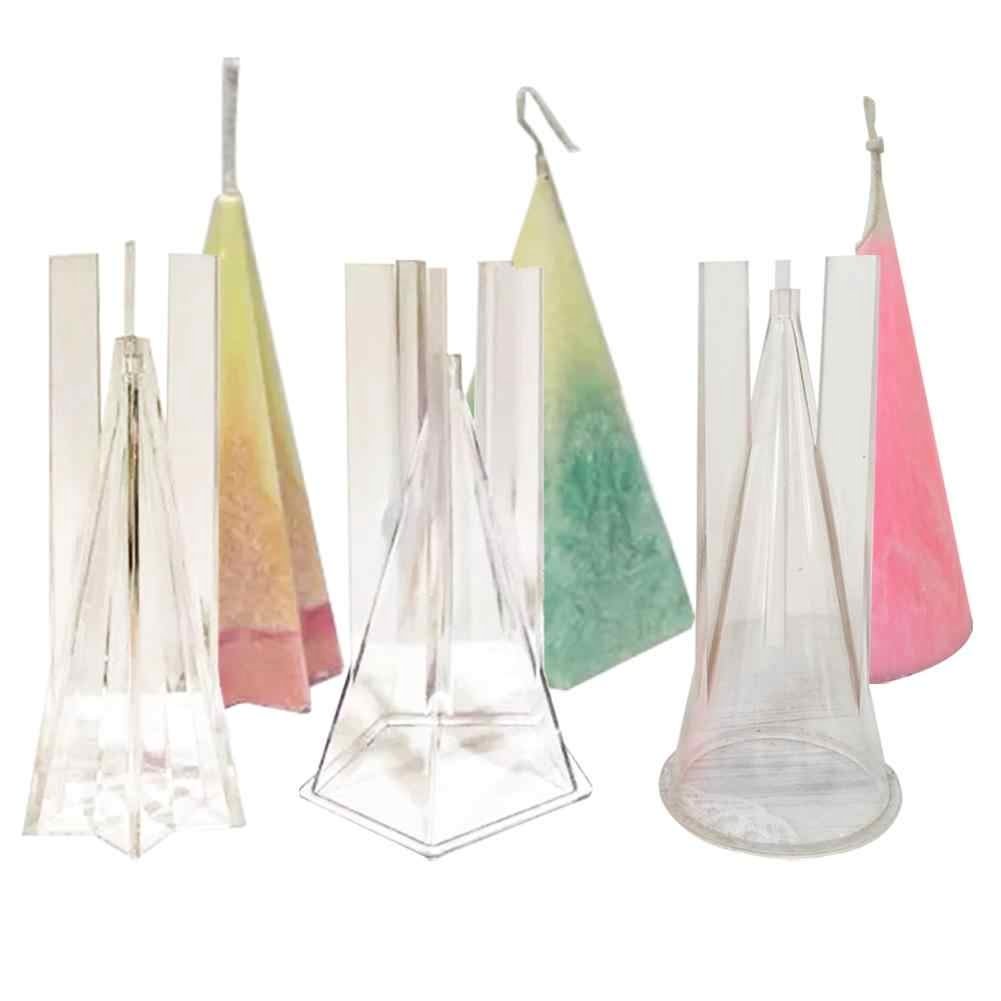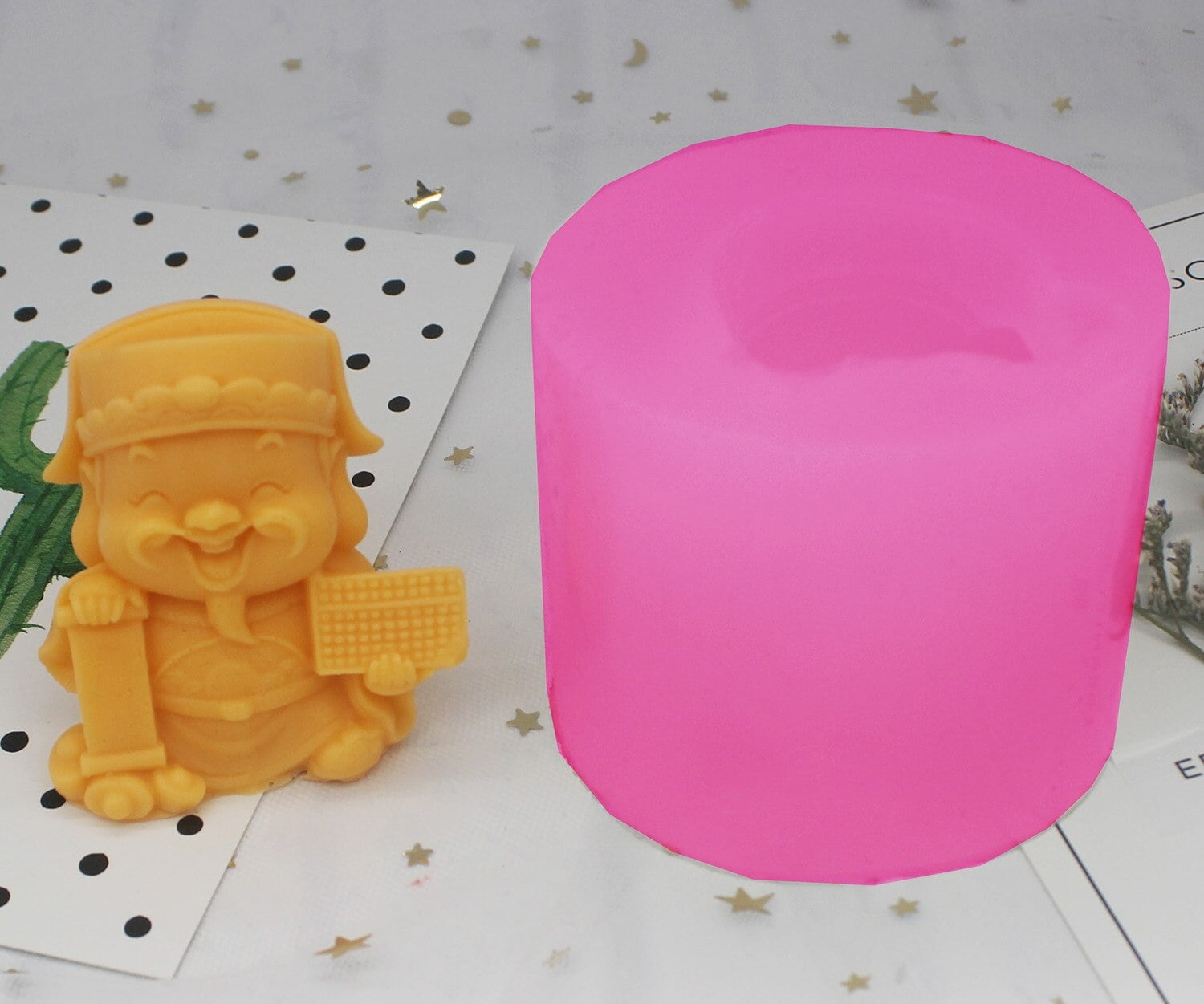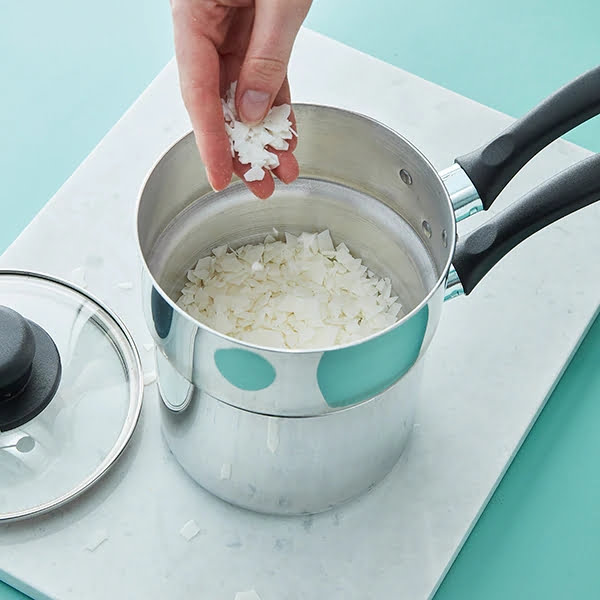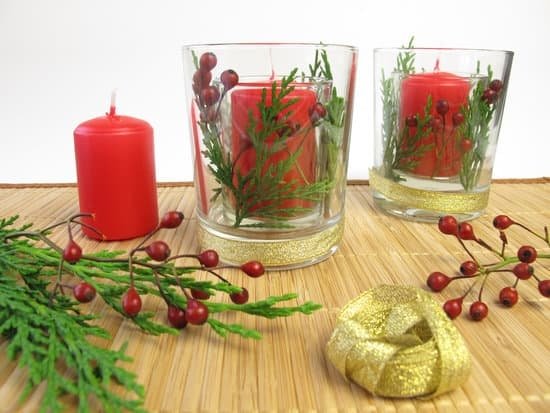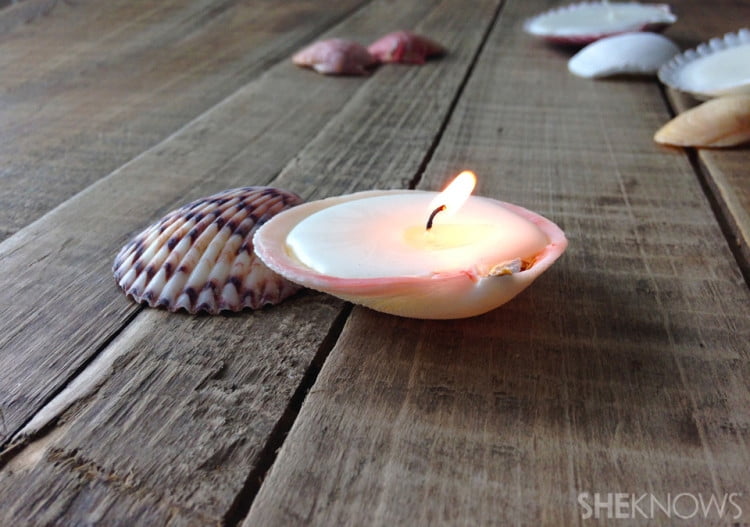Introduction to Fragrance Candle Making
Fragrance candle making is an age-old art form that has been in existence for thousands of years. Fragrance candles are a type of candle made from scented wax and oil, usually with a wick composed of cotton or paper. These candles come in all shapes and sizes, presenting an array of colorful designs and styles.
The history of fragranced candles can be traced back to Ancient Egypt and Greece, where aromatic oils and beeswax were used for use in religious ceremonies. Over the centuries, various cultures have added their own touches to fragrance candle making, including scented beeswax and tallow candles from China, cloves from India’s spice trade, as well as essentials oils used by Middle Eastern merchants. These fragrances were not just symbolic – many were believed to bring about spiritual benefits such as promoting health and calming nerves.
Today’s fragrance candles come in variety of styles, such as tea lights, votives, jars, pillars, tapers and pillars with multiple wicks. The scent options are nearly limitless; they range from food based (ex; cookies & cream) to herbal (ex; rosemary mint) to seasonal varieties perfect for the holidays (eggnog or balsam fir). Additionally there are some features such as embedded jewelry within clear glass containers that unlock special surprises when lit!
As many turn away from chemicals commonly found in commercial products like air fresheners or synthetic scented cleaning supplies “custom created natural fragrances have become increasing popular as they provide your home with aromas without introducing harsh odors & chemicals into your environment. With handmade fragranced candles it gives you the opportunity to experiment with different combination until you find your signature scent ” one that promotes relaxation if necessary or one that gives your space a positive vibe meant for entertaining friends & family alike.
Fragrance Candle Making Supplies
Fragrance candle making is a great way to fill your home or office with the scents of your favorite fragrances. You can customize your candles however you like, from the type of wax and wick to the dyes, scents, and even special embellishments like hardened flowers or leaves. To begin fragrance candle making, you’ll need the proper supplies.
One of the most important parts of fragrance candle making is selecting waxes that suit your needs in terms of scent throw, appearance, hardness and light/heat tolerance. Types of wax include paraffin candles which come in both natural and environmentally friendly versions. Beeswax is also popular for its natural properties but it’s costly and has a short burn time due to its low heat resistance. There are also soy waxes available that hold colored dyes well and have an extended burn time because they tend to be harder than other types of waxes.
You then need to select wicks that match the type of wax you’ve chosen so as not to cause any unwanted reactions like smoking or accelerated burning. Most people just buy pre-waxed wicks but if using beeswax, you would want to use un-waxed core cotton wicks for better results.
After this comes colors and fragrances which are completely up to personal preference when structuring a candle according to individual tastes; soft pastel background colors may be preferred for lighter scents with bright top layers added for sharper aromas such as peppermint or eucalyptus.
Embeds are items like dried flowers or leaves used to enhance the design on the candle such as coating pinecones in a floral shimmer powder prior pressing them into molten paraffin before it sets – these types of techniques set these candles apart as pieces as art instead of simply burning agents filled with scent oils..
You’ll also need a vessel in which all those components can be combined – glass containers are often used but there are many elegant, custom models made entirely from metal alloweden with gemstones and crystals that help elevate homemade creations into something extraordinary. Additionally there may be creative tools needed such as moulds which can be bought pre-made or designed yourself depending on how intricate one’s ideas are – these pieces will really come together during casting so don’t skimp out here if extravagance is what your aim is! And lastly everyone’s favorite part: post-mixing, it’s time for adding final accents till absolute perfection! Choose from an array of essential oil extracts like rosemary blended with peppermint oil (or whichever scent combination works best) that gives character unique only yours!
Fragrance Candle Making Instructions
Melting Wax: The first step in making a fragrance candle is to melt the wax. Wax can be melted using a double boiler or an electric wax melter that is specifically made for candle making. Be sure to use high quality wax that is specifically manufactured for candle making, such as soy or beeswax. Melt the wax until it reaches the desired consistency; you may need to add more wax if needed.
Prepping the Wick: Once the wax has been melted, you will need to prepare the wick. This involves attaching one end of the wick to either a metal sustainer tab or a stick, and then securing it in place by tamping it down onto a flat surface with something like clay or putty. Then, tie the other end of the wick onto a pencil or skewer and position it over the center of your container.
Adding Color and Embeds: Now you are ready to add color and/or other decorative elements like glitter, dried flowers and botanicals. Add these items to your melted wax before pouring into your container, stirring gently as needed.
Adding Fragrance: To make your fragrance candle even more pleasurable when lit, add essential oils or fragrance oils directly into your molten wax and stir evenly until completely blended in with no obvious pockets of scent remaining. Do not use synthetic fragrances as they do not perform well in candles due to their inability to dissipate evenly when heated.
Heating for Candle Pouring: Make sure your melted mixture is at roughly 200-220 degrees Fahrenheit before pouring into your prepared container with wick attached centrally on top of it all – this temperature will ensure there are minimal air bubbles inside your finished candle when its cooled down again. Draw off some liquid from the pot with either a measuring cup or ladle and pour carefully around the top of your wick where needed, taking care not create over-flow onto any object surrounding it!
Finishing: Let things cool off slowly overnight (or at least 4 hours) before popping any excess sizzle away from around edges, cutting back long hanging threads on both opposite sides of your newly set-up fragrance candle wax formation – now trim both ends neatly too so they’re even all around! Then carefully remove any adhesive pieces used during preparation stage – now run through checking amber jar lids once more just incase…and eventually finish by buffing out any blemishes left visible upon inspection – show some final loving care here too whilst doing this process if desired!
Solutions for Common Candle Making Issues
Soot: With time, candles can give off soot which is caused by an unclean wick or an inadequate wick diameter. This issue can be solved by trimming the wick between uses and selecting a larger wick diameter when creating a new candle.
Discoloration: Discoloration in a candle results from the wax oxidizing, which is worsened by exposure to extreme temperatures. To avoid this, keep candles in dry, moderately cool places and use compatible fragrances without brighteners or UV stabilizers.
Tunnelling: If a candle is burning too quickly, tunnelling can occur when only the wax along the sides of the container melts and causes it to start burning down at an angle. To prevent this, use a larger wick than normally required and choose a wax that has higher meltpoint than normal.
Uneven Burns: If your candle appears to have multiple ‘mini’ flames from an uneven burn then trim your wick shorter and rotate the candle 180 degrees every four hours for an even burn. Adjusting your room temperature or adding more wooden sticks (if needed) for better airflow can also help create a smoother flame pattern.
Wick Pop-Ups: They are mostly caused when one end of a wick pops up after melting down into its pool of melted wax. Use heat guns or hair difference tools to push the thread gently back into its proper position within the liquid wax before lighting the candle again. Additionally ensure proper centering of your wicks during pouring and do not overfill containers during creation.
Drafts: Drafts are responsible for blowing out candles before they are completely burned down, which could be avoided by positioning them away from fans, air conditioners as well as drafty windows/doors while they are up and running.
Shrinkage: In order to produce larger candles with less shrinkage use higher quality fragrance oils as these will generally contain lower amounts of volatility evaporating agents that contribute to shrinkage such as alcohols, esters and ketones. Additionally be sure not to overfill containers during creation as this might include extra ingredients or compounds that will lead to further shrinkage once extinguished.
Fragrance Candle Making Essentials
Fragrance Candle Making is an enjoyable and creative activity that can be done by people of all ages. The supplies required to make your own candles are relatively inexpensive and the possibilities for design are virtually endless. Safe Materials: The most important aspect of fragrance candle making is choosing safe materials that will not emit any harmful fumes or release toxic chemicals when burned. When shopping for wicks, waxes, dyes, and fragrances, it is important to make sure they are non-toxic and meet any government regulations on hazardous materials.
Recommended Temperature and Pouring Techniques: Once you have your ingredients ready it is time to start making your candles. Before pouring anything into your molds you should heat your supplies to the recommended temperature in order to ensure a smooth pour without any bumps or air bubbles. To prevent burning the wax when pouring it into your molds, it is best to use a double boiler system with a thermometer inserted so you can accurately control the temperature level of the wax.
Making Large Batches: If you plan to make multiple batches of candles at once, there are certain considerations one must take in order to ensure each candle turns out as expected. Because large batches are more prone to unevenness due to increased temperatures, consider using two separate pots for larger batches; one hotter than the other and then blend them together before pouring into molds. Additionally, in order to achieve consistent results between batches, measuring out exact amounts of each ingredient before beginning will help with consistency across each candle made.
Additional Candle Making Ideas
Fragrance candle making can be a fun and creative craft that can easily be done at home. There are various types of waxes, wicks, and fragrance oils available to create unique scents and look for your candles. To build on the basic candle making techniques, here are several ideas to explore:
Creative Additions: Adding herbs, petals, and glitter to candles are great ways to give them a more personalized touch while also adding visual interest. Consider wrapping ribbons around the finished candle or adding a particular decoration or charm to it as well.
Layering Scents: Instead of making one scent for each candle, you can play around with creating a complex blend by layering multiple fragrances until you find one that works best. Start with a base scent, then add in middle or top notes until you get your desired result.
Ways to Use and Decorate Fragrance Candles: You can use fragrance candles for aromatherapy purposes, as part of a decorative centerpiece on a table or shelf, or simply as an aromatic decorating piece for your home. Decorate your candles with colorful paints and paints made specifically for candle-making such as mica powder or gel paste colorants. Make sure these decorations won’t danger the wax when liquidized so don’t make additions that will release toxins into the air when burned.
Gift Ideas: Fragrance candles make wonderful gifts! Consider printing out small cards to go along with the candle which explains the scent combination used in each one. For personalization purposes, you could even try using different styles of jars depending on the occasion’s theme like wicker baskets at Christmas-time could be an approachable idea for giving away presents!
Conclusion
Fragrance candle making can be a great way to express creativity while also allowing you to bring elegance and warmth into any environment. With its pleasing fragrances, attractive designs and safety features, fragrance candles have the potential to provide an enjoyable experience that nourishes the senses, illuminates any occasion, and adds life to any room. This simple art can turn a house into a home.
In conclusion, fragrance candle making is an ideal way for anyone wishing to explore their creative side, create beautiful ambience in their area of residence or cultivate unique gifts meant to create memorable moments. The wide variety of scented oils available allows for endless combinations of fragrances as well as endless possibilities of detailing designs. Creative thinking paired with being quality conscious will go a long way in achieving a satisfying product worthy of celebration. Furthermore, increased awareness on the importance of safety measures needs to be taken when creating one’s own artwork; from taking care with flammable materials and storing out of reach from children or pets. By doing this one can avoid disastrous consequences resulting from negligence or uneducated decision-making. Therefore take the time enjoy the wonderful process of handmade creation yet do not forget the facts associated with this activity!

Welcome to my candle making blog! In this blog, I will be sharing my tips and tricks for making candles. I will also be sharing some of my favorite recipes.

